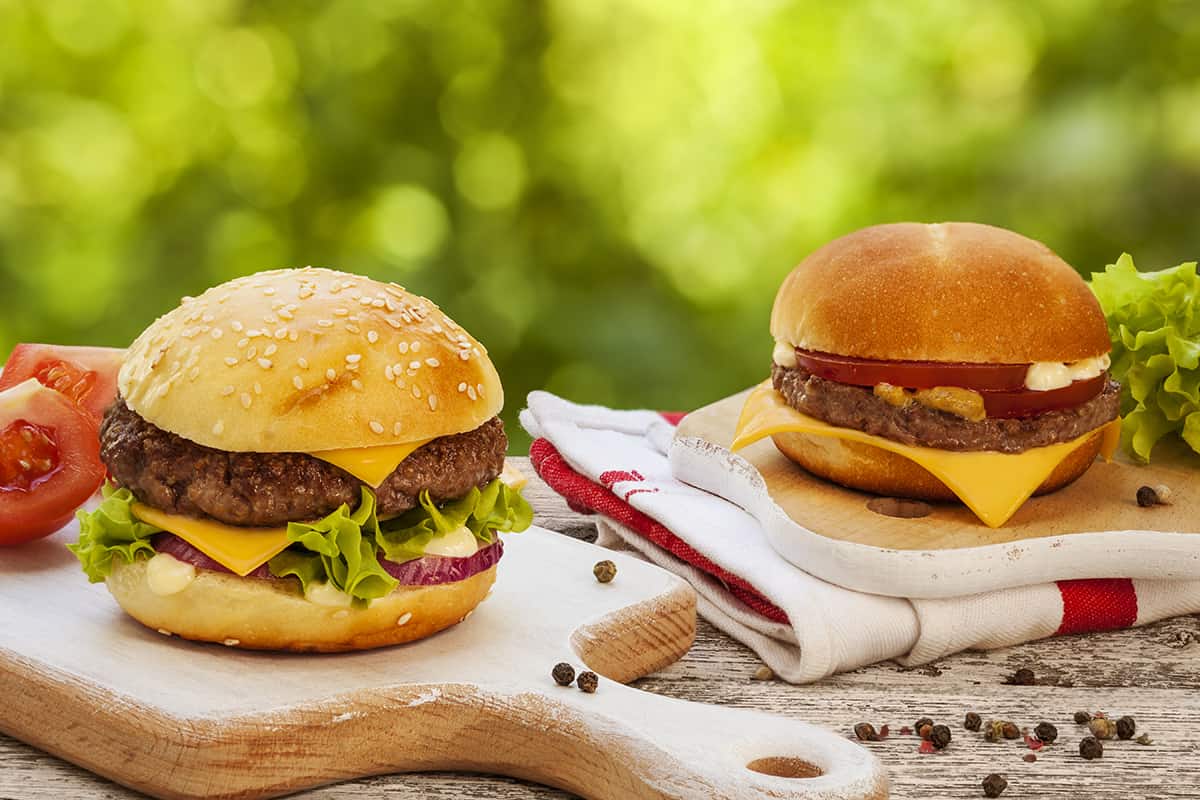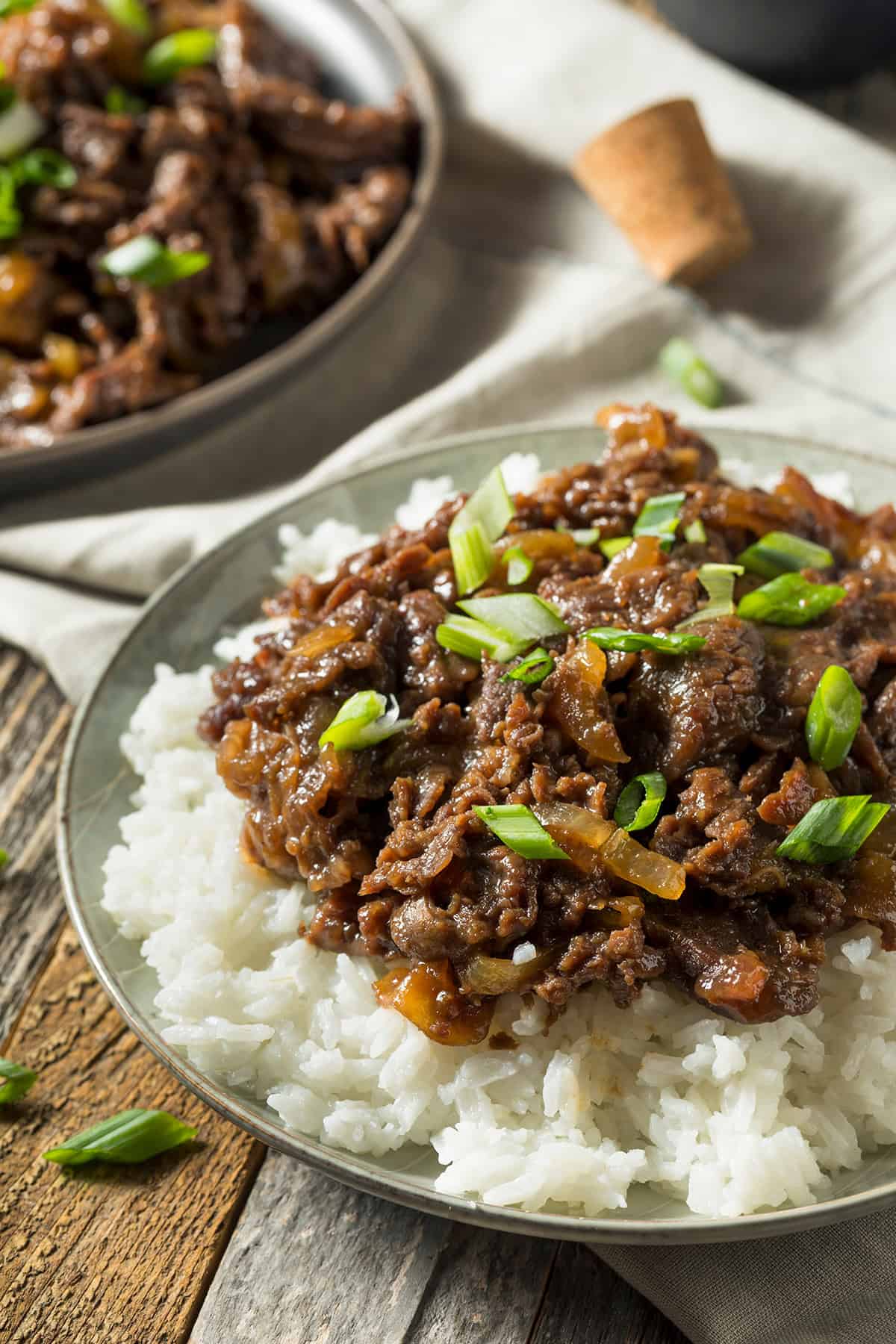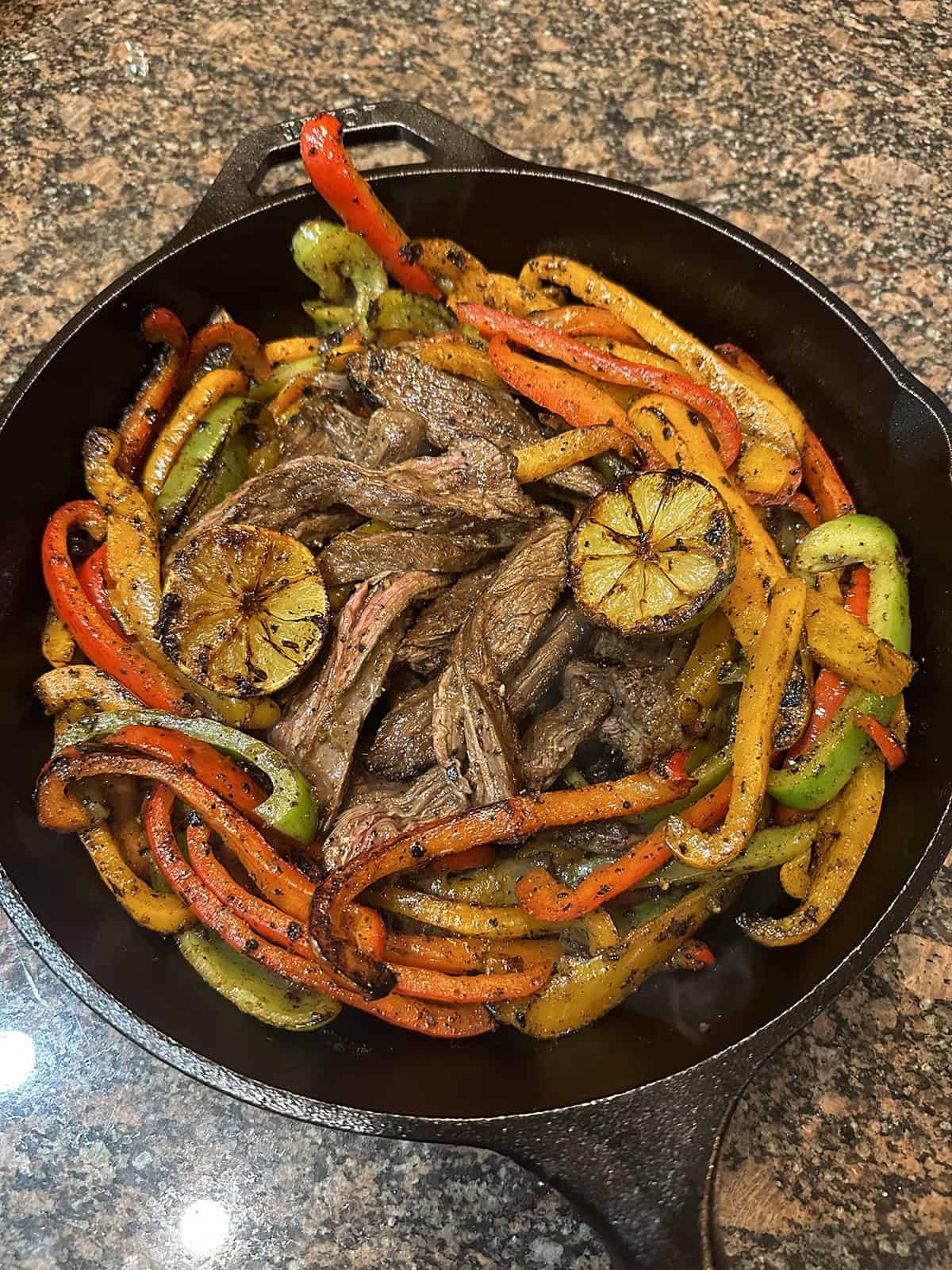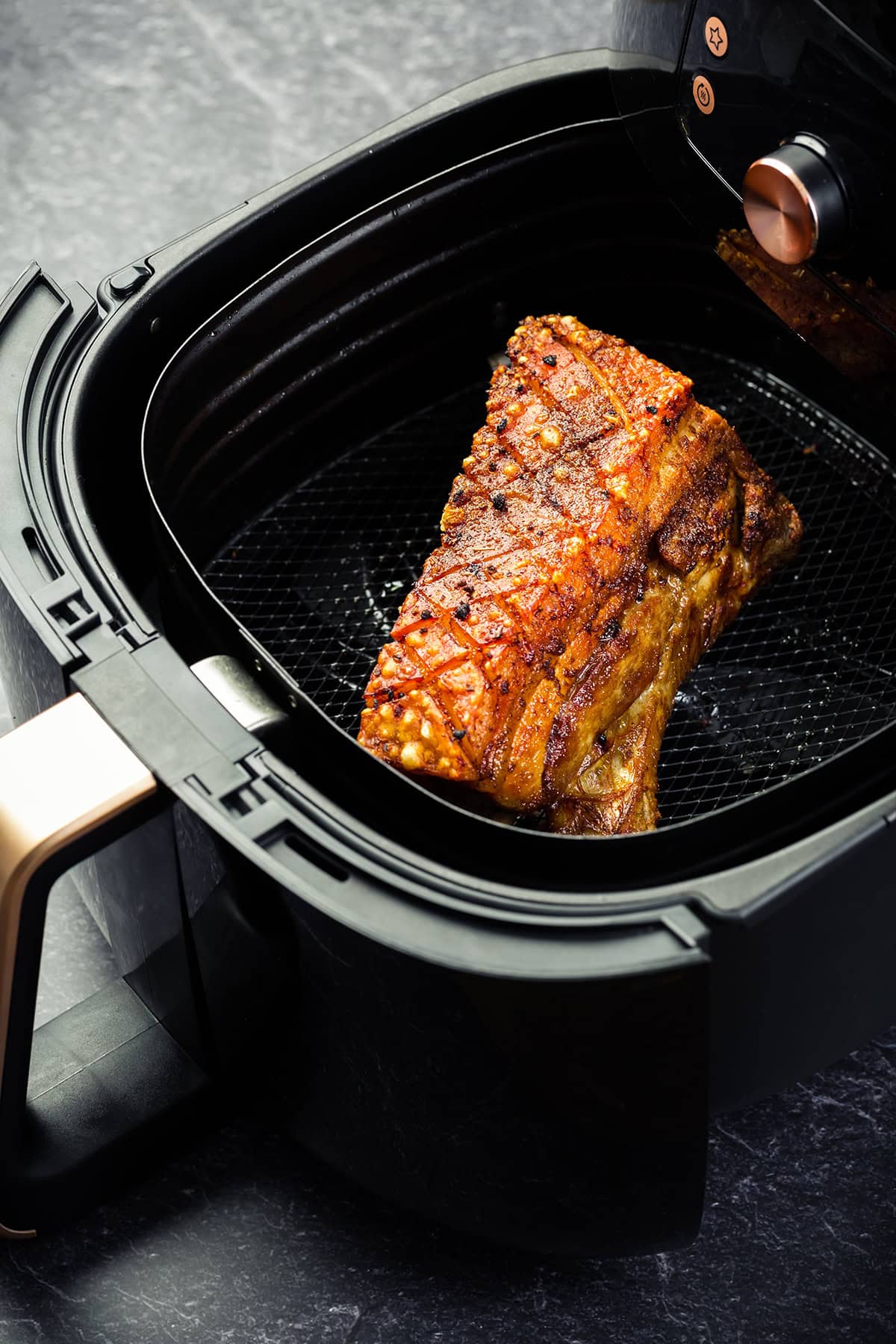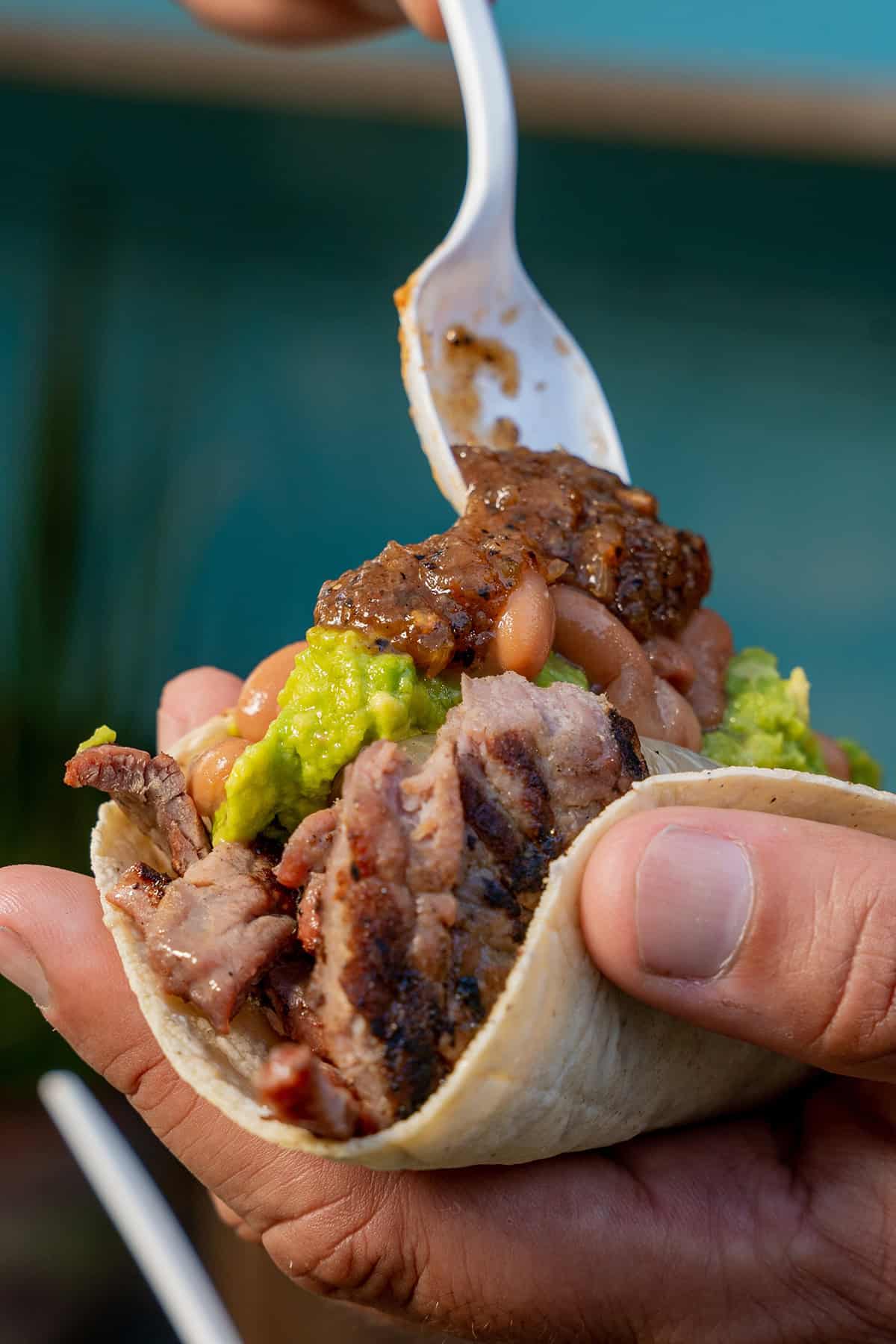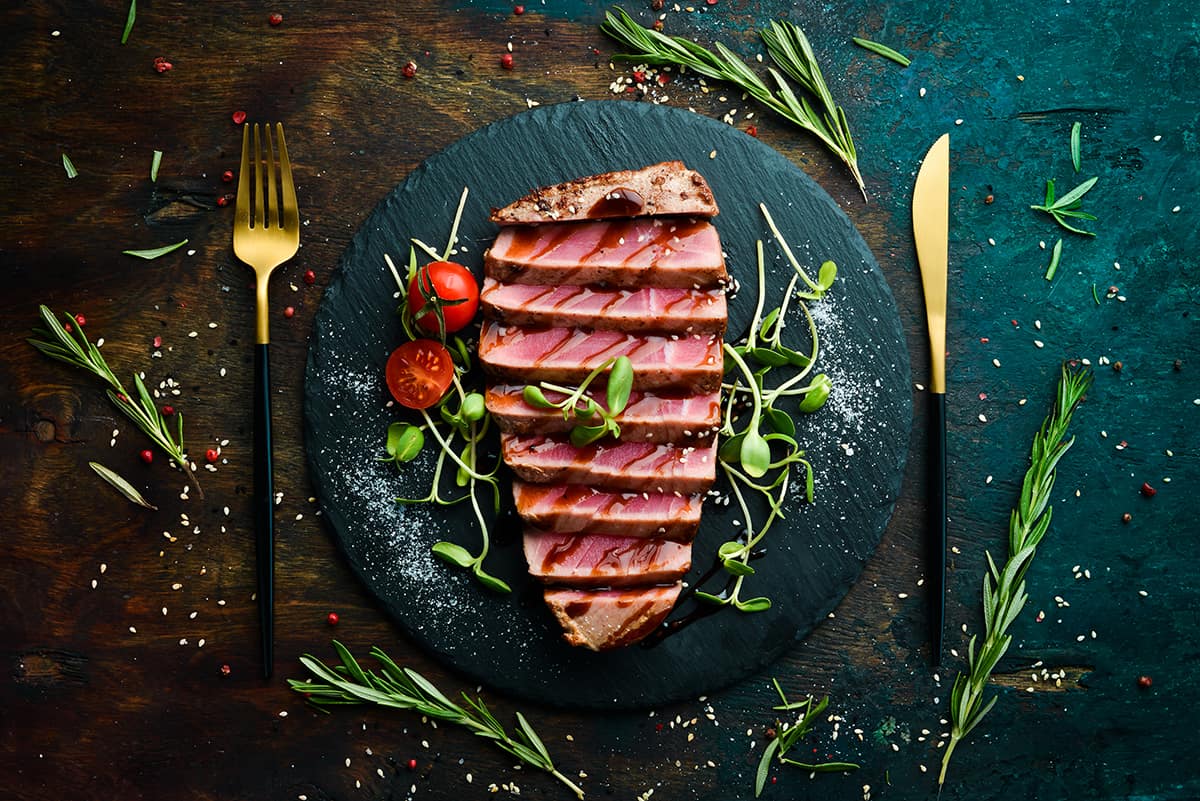Burgers are a firm family favorite in most meat-loving households, and although you can find lots of great pre-made burger options, burger patties are super quick and easy to make at home. Here we’ll look at burger and hamburger patty sizes to help you create this tasty fast food yourself.
Burger Sizes

The size of a burger patty, after the ingredients you use, is the most important element to get right. The size of the burger will affect the texture, the taste, the look, and how long the burger takes to cook. The most common sizes of burgers are:
2 ounce
This size of patty is used for mini burgers or sliders. These work great as snacks to hand out at a grill, and they can look really cute when you have multiple sliders set out on a tray for serving. This size of the burger is really just a mouthful or two and doesn’t work as part of a main course. If you want to incorporate this type of burger into your meal plan, then you could use it as a starter.
Sliders have a tendency to topple over because they are taller than they are wide, so one great tip for assembling sliders is to use a bamboo toothpick slotted straight through the middle of the burger in a vertical position to help keep it all together; just be sure to remove it before biting into the burger! This size of the burger could also be a nice touch at children’s parties, especially younger kids who won’t eat as much as adults.
Slider burgers are so small that they cannot be used with regular burger buns because the meat-to-bread ratio would be way off. Instead, you’ll have to find small burger buns intentionally made for sliders or make your own mini bread rolls.
3 ounce
3-ounce burgers are pressed so that they are the same diameter as a regular-sized burger but thinner. This means that they will fit into a standard-sized burger bun, but you will want two of these patties in each bun to get a good hearty burger. As these patties are so slim, they work really well to create a double cheeseburger or a Big Mac-style burger and are still a sensible size to be able to hold and eat without too much mess or difficulty.
A 3-ounce burger will cook really quickly on a grill, so you’ll need to keep a close eye on them to prevent them from burning. They will need just three to four minutes of cooking time on each side at a temperature of 450f. If you have children, these patties can be great as a single burger because they aren’t as filling as some of the larger burgers and therefore are well suited to smaller stomachs.
The main issue with this size of patty is that they are so thin they have a tendency to break or crumble when you pick them up. They can also be a little dry on the inside because of their depth, and the moisture inside can be lost while you’re trying to get a good color on the outside of the burger.
Quarter pound
A quarter pounder is the gold standard of burgers and weighs 4 ounces. This is the best size of patty to work with a regular-sized burger bun, creating an ideal ratio of meat to bread that works for most people. A quarter pounder patty is an optimal depth which allows for the perfect cooking time in terms of texture.
When cooked, the outer edges of a quarter pounder will be gently crisp, while the meaty interior will be soft and juicy. You can expect to cook this size of patty on a grill for four minutes on each side at a temperature of 450f.
Third pound
This size of patty will produce a very thick burger which is ideal if you have a big appetite and don’t want to be left feeling hungry. Due to the sheer amount of meat in these burgers, you’ll need to be sure to use a good quality mince because it will be very obvious if you haven’t when eating these burgers.
Some people find that the texture of this size of burger is slightly off because the ratio or chargrilled outer edge compared to the juicy interior is lacking. However, if the juicy meat is your favorite part of a burger, then this might be the right size of burger for you.
These burgers will require a longer cooking time of between four and a half and five minutes on each side at 450f. To be sure the inside is thoroughly cooked and suitable for consumption, it’s a good idea to use a meat thermometer to check the interior temperature of the meat.
6 ounce
These are huge patties that may taste more like a meatloaf than a burger due to the sheer size of meat. If you are pressing these patties to fit into regular-sized burger buns, then you will find yourself with incredibly thick patties, which can be a struggle to bite into unless you have an unusually large mouth. With patties so thick, you also run the risk of burning the exterior of the burger while trying to ensure that the middle is properly cooked.
If you want to make 6-ounce burgers, then a better idea would be to press out the patties to a larger diameter and find some big burger buns to accommodate them. This will make them much easier to cook and will allow you to achieve that perfect ratio of chargrilled edge to juice middle, as well as a good meat-to-bread ratio.
A 6-ounce burger pressed to a larger size will taste much like a quarter-pound burger but will simply be bigger in size, making it a good choice for people with a bigger appetite. Just remember to ensure you can find some bigger burger buns that are suitable for your extra-large burgers before you throw them on the grill.
Tips for Making Burger Patties
If you’re new to making burgers or want to hone your skills, then check out these tips.
Weigh your meat
If you are making burgers for guests, then it will be more impressive if your burgers are all uniform in terms of size and look. To achieve this, you should measure out each portion of ground meat before you shape it into a patty and cook it. This is because it is extremely difficult to judge by eye if two balls of burger meat are the same.
Ensuring your burgers all weigh the same amount will also make your cooking process much easier because you can guarantee that each patty needs the same amount of cooking time, thereby reducing the chance of overcooked or undercooked burgers.
Fat content
Having the right amount of fat in a burger patty is what binds the meat together to ensure it doesn’t fall apart. Too much fat and the burger will be too moist and fall apart, and too little fat and it will dry out easily and crumble. The fat will also add more flavor to the burger. Most recipes suggest using a mixture that includes 15 to 20% fat content.
Avoid shrinkage
If you’ve ever made a burger patty from scratch, you’ve probably noticed that they shrink during cooking. The outer edges of the burger will contract and shrink first, which causes the middle of the patty to bulge at the middle. This odd-shaped patty can look strange and also make it difficult to stack your complete burger after cooking, causing other elements such as pickles, salad, or the bun to topple.
There’s an easy trick to prevent this, which is called ‘dimpling the patty.’ To do this, you simply need to press the end of a finger or thumb into the middle of the raw patty before you cook it. This counteracts the bulging and helps to create a flat and even burger. You don’t need to press too hard, just hard enough to make a visible dent in the patty.
Mold into shape
If you want your burger patties to look uniform, then as well as weighing out the meat mixture, you can also use a mold. This will shape the burgers to ensure they are all pretty much identical. You can find burger molds that have been designed for this purpose, but if you have some baking ring molds in your kitchen drawers, then you can substitute them with one of those and save yourself some money.
Simply place a greased ring mold of your chosen size on some baking parchment, and press your patty mixture down into the mold so that it spreads out and reaches all of the edges. Flatten it so that the depth is consistent across the surface of the patty, then carefully remove the ring mold, and you’re ready to go.
